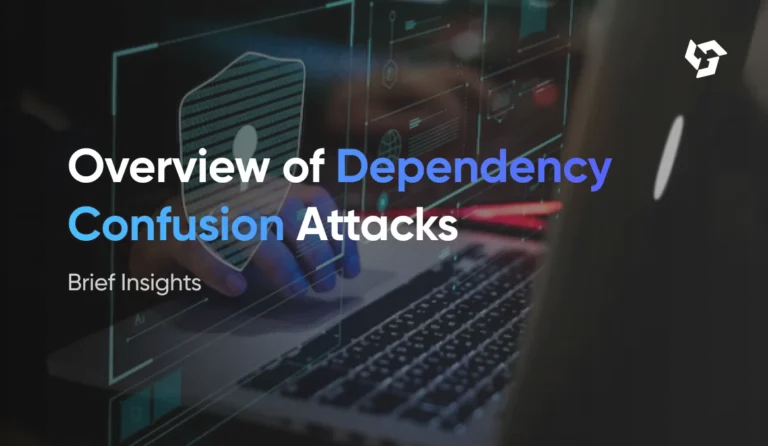Cross-Site Script Inclusion (XSSI): The Silent Data Thief
Introduction
Cross-Site Script Inclusion (XSSI) is one of the lesser-known web vulnerabilities, yet its impact can be devastating when ignored. While most developers are familiar with Cross-Site Scripting (XSS) and Cross-Site Request Forgery (CSRF), XSSI often flies under the radar. If you are putting sensitive data in your JavaScript files, an attacker is probably already stealing it.
This blog post dives deep into what XSSI is, how it works, why it’s dangerous, and, most importantly, how you can protect your web applications from it.
Table of Contents
- What is Cross-Site Script Inclusion (XSSI)?
- How XSSI Works
- Real-World Scenarios of XSSI Exploitation
- Common Mistakes Leading to XSSI
- Detecting XSSI Vulnerabilities
- Preventing XSSI: Best Practices
- Server-Side and Client-Side Protections
- Case Studies and Known Exploits
- XSSI vs XSS: Understanding the Difference
- XSSI in Modern Frameworks
- Tools for Testing and Auditing XSSI
- Educating Teams and Implementing Secure Policies
- Final Thoughts
- References and Resources
- Keywords
1. What is Cross-Site Script Inclusion (XSSI)?
XSSI is a type of web vulnerability that allows attackers to steal sensitive data by tricking the browser into executing JavaScript files from a remote origin. The attack takes advantage of how browsers process <script> tags and how servers respond with JavaScript files that may contain confidential information.
Unlike XSS, which requires injecting malicious scripts into a page, XSSI exploits poorly secured endpoints that return sensitive data wrapped in JavaScript.
2. How XSSI Works
At its core, XSSI exploits the browser’s behavior of including scripts from any origin without checking the content type. If a JavaScript file includes sensitive data (e.g., user information, API keys), and it is served publicly without protections, an attacker can embed that file on their own site and access its contents via timing attacks or other mechanisms.
Example:
<script src="https://vulnerable-site.com/data.js"></script>
If data.js contains:
var user = {"username": "john_doe", "email": "john@example.com"};
An attacker could include this file and attempt to extract the values.
3. Real-World Scenarios of XSSI Exploitation
- Scenario 1: Exposed User Data
A site includes authenticated user info inuser.js. An attacker includes this file in their page and uses JavaScript timing functions to infer values. - Scenario 2: Public APIs Serving JavaScript
Some APIs respond with JSONP-style JavaScript which attackers can exploit similarly to XSSI.
4. Common Mistakes Leading to XSSI
- Storing JSON or user data in
.jsfiles - Serving JavaScript with sensitive content without authentication
- Failing to set appropriate headers
- Not using CSRF tokens or origin checks
5. Detecting XSSI Vulnerabilities
- Manual Inspection: Check
.jsfiles for any static or dynamic sensitive data. - Automated Tools: Use tools like OWASP ZAP or Burp Suite with custom scripts.
- CSP and Headers Review: Review content security policies and HTTP headers.
6. Preventing XSSI: Best Practices
- Never include sensitive data in JavaScript files.
- Serve JSON with
application/jsoncontent type. - Add anti-XSSI prefixes like
)]}',\nbefore JSON responses. - Validate the origin and use tokens.
7. Server-Side and Client-Side Protections
Server-Side:
- Use secure frameworks and middleware
- Authenticate all data endpoints
- Avoid JSONP
Client-Side:
- Sanitize inputs
- Use Subresource Integrity (SRI)
- Enforce strict CSPs
8. Case Studies and Known Exploits
- Google XSSI Bug (2008): Google fixed an issue where sensitive user data was being exposed through a JavaScript file.
- Facebook XSSI-like Exposure: Older versions had potential leaks through their JavaScript APIs.
9. XSSI vs XSS: Understanding the Difference
| Feature | XSS | XSSI |
|---|---|---|
| Injection Required | Yes | No |
| Data Exposure | No | Yes |
| Relies on Script Tags | Sometimes | Always |
| Commonality | High | Low but Dangerous |
10. XSSI in Modern Frameworks
Frameworks like React, Angular, and Vue usually prevent direct XSSI issues through structured data fetching. However, misuse of SSR (Server-Side Rendering) or improper use of dangerouslySetInnerHTML can reintroduce risks.
11. Tools for Testing and Auditing XSSI
- Burp Suite Extensions
- OWASP ZAP Scripts
- Custom Scripts: Use JavaScript to infer loading times or use XMLHttpRequests
12. Educating Teams and Implementing Secure Policies
- Security Training: Regular sessions on safe web development
- Code Reviews: Focus on data exposure and content types
- Security Policies: Enforce CORS, CSP, and cookie protections
13. Final Thoughts
Cross-Site Script Inclusion might not make headlines as frequently as XSS or CSRF, but its potential to leak sensitive information is just as critical. By understanding how it works and implementing protective measures, developers can prevent serious breaches and keep user data safe.
14. References and Resources
- OWASP XSSI Page
- Google Security Blog
- Mozilla Developer Network (MDN)
- CSP and SRI Documentation






